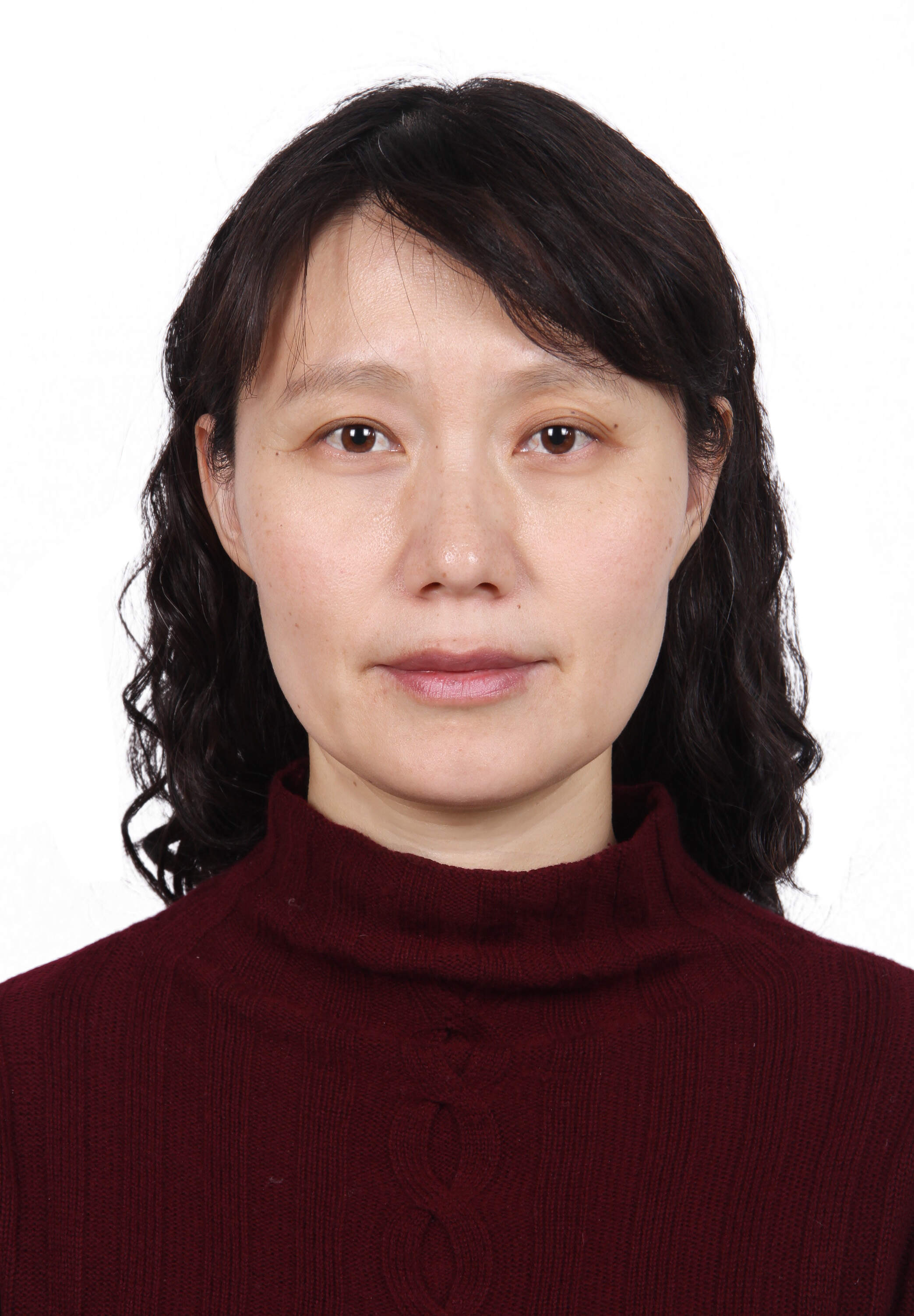
| Positions: | Professor |
|---|---|
| Academic Title: | Professor |
| E-mail: | suyan@nao.cas.cn |
| Mailing Address: | Yan Su |
2012 – present Researcher at NAOC
2004 – 2005 Associate Researcher at NAOC
2003 – 2004 Assistant Researcher at NAOC
Radio Astronomy
Planetary Microwave exploration
Since obtaining my Ph.D., the central theme of my work has been transferred to Chinese lunar and Mars project from FAST and SKA project. Relying on solid foundation of radio astronomy technology, I have made an outstanding contribution in Chinese lunar project.
As the manager of DAS in ground segment, I developed high performance receiving system for 50m and 40m antennas, including cryogenic receiver and demodulation backend. I overcome the practical problems such as effects of Sun transit, single frequency interference suppression and low SNR demodulation technique. Two ground stations have received Chinese lunar scientific downlink data completely with zero error code, which successfully fulfills the requirements for scientific achievements.
Deeply involvement with radar instrument in Chinese lunar and Mars mission, some scientific research achievements have been obtained as follow. A set of suitable methods for Chang’e-3 penetrating radar has been realized to give the radar map of the lunar subsurface structure. A correlation between radar signal and noise has been carried out to analyse radar detection depth. Dielectric constant of lunar regolith has been derived by Hyperbola method. High Dielectric constant area implies the hints of the existence of mineral deposits. Based on S-transform, ghost layers can be distinguished in the hundreds meters of lunar soil. Furthermore by noise reduction of S-transform, SNR can be increased significantly to give a more clear lunar regolith layer interface. We also developed a simulation model of random medium distributed to investigate the electromagnetic waveform propagation, and obtained the rock size and position in the lunar regolith.
1. Feng J, Su Y., Ding C, et al. Dielectric properties estimation of the lunar regolith at CE-3 landing site using lunar penetrating radar data[J]. Icarus, 2017, 284: 424-430.
2. Chunyu Ding, Yan Su*, Shuguo Xing, et al. Numerical Simulations of the Lunar Penetrating Radar and Investigations?of the Geological Structures of the Lunar Regolith Layer at the Chang’E 3 Landing Site [J], International Journal of Antennas and Propagation, 2017 (Accepted) (Corresponding author)
3. Xing, S. G., Su, Y*., Feng, J. Q., Dai, S., Xiao, Y., Ding, C. Y., & Li, C. L. (2017). The penetrating depth analysis of Lunar Penetrating Radar onboard Chang’e-3 rover. Research in Astronomy and Astrophysics, 17(5), 046.(Accepted)(Corresponding author)
4. Xing S G, Su Y*, Feng J Q, et al. The deconvolution of lunar brightness temperature based on the maximum entropy method using Chang'e-2 microwave data[J]. Research in Astronomy and Astrophysics, 2015, 15(2): 293-312.(Corresponding author)
5. Su Y, Fang G Y, Feng J Q, et al. Data processing and initial results of Chang'e-3 lunar penetrating radar[J]. Research in Astronomy and Astrophysics, 2014, 14(12): 1623-1633.
6. Dai S, Su Y, Xiao Y, et al. Echo simulation of lunar penetrating radar: based on a model of inhomogeneous multilayer lunar regolith structure[J]. Research in Astronomy and Astrophysics, 2014, 14(12): 1642-1652.
7. Feng J Q, Su Y*, Liu J J, et al. Data processing and error analysis for the CE-1 Lunar microwave radiometer[J]. Research in Astronomy and Astrophysics, 2013, 13(3): 359.(Corresponding author)
8. Y.Su, B.Zhou., The CE-3 lunar ground-penetrating radar experiment, Vol.14, EGU2012-7218-2, 2012.